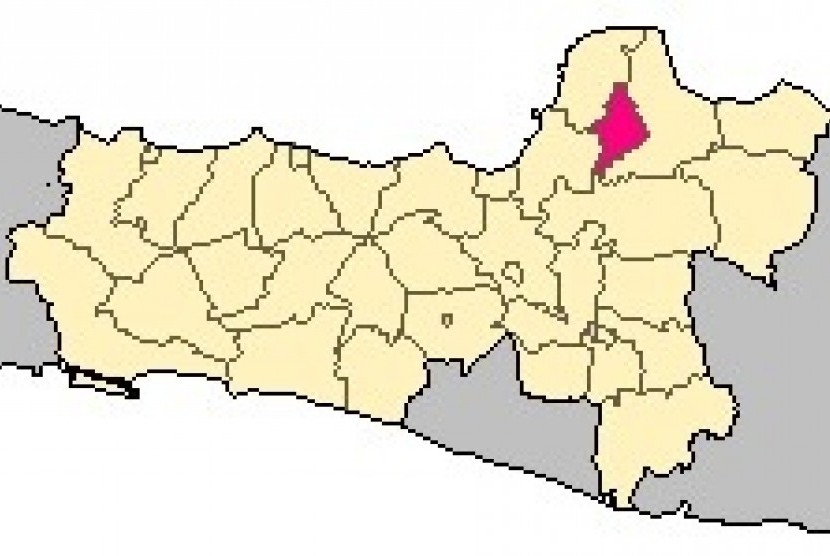REPUBLIKA.CO.ID, KUDUS - Archaeologists found fossils of tusk, legs and ribs of a prehistoric elephant at the Patiayam Site in Jekulo Subdistrict, Kudus District, Central Java. Spokesperson of Fossil House of Patiayam Site Ari Mustaqim stated on Friday that the fossilized tusk was 0.5 meter long while the ribs were one meter long each.
The fossils were found on Friday (Dec. 27) and are now being excavated. The archaeologists of Patiayam Conservation Team have unearthed the fossilized ribs but failed to keep them intact; they need reconstruction after the excavation, Mustaqim explained.
The fossilized tusk has also been unearthed and kept in one of the archaeologists' homes in Terban Village, Jekulo Subdistrict, Kudus. The legs are still being excavated.
The Fossil House of Patiayam Site of Terban Village now has a collection of around 2,471 fossil fragments from 14 animals such as Stegodon trigonochepalus and Elephas sp. (both are prehistoric elephants); Ceruss zwaani and Cervus lydekkeri martin (types of deer); and Rhinoceros sondaicus (rhino).
The other collections include Brachygnatus dubois (boar), Felis sp (tiger), Bos bubalus palaeokarabau (buffalo), Bos Banteng alaeosondaicus and Crocodilus sp (Crocodile). Some of the fossils were found by the residents of Terban Village.
The archaeologists of Yogyakarta Archaeology Office had also found three choppers, kind of cutting tools, estimated to be 750 thousand years old, during an excavation near Terban Village in February 2012.
The Patiayam Site covers an area of 2,902 hectares in Mount Muria, Central Java. It has become a site of great fossil finds besides Sangiran.


